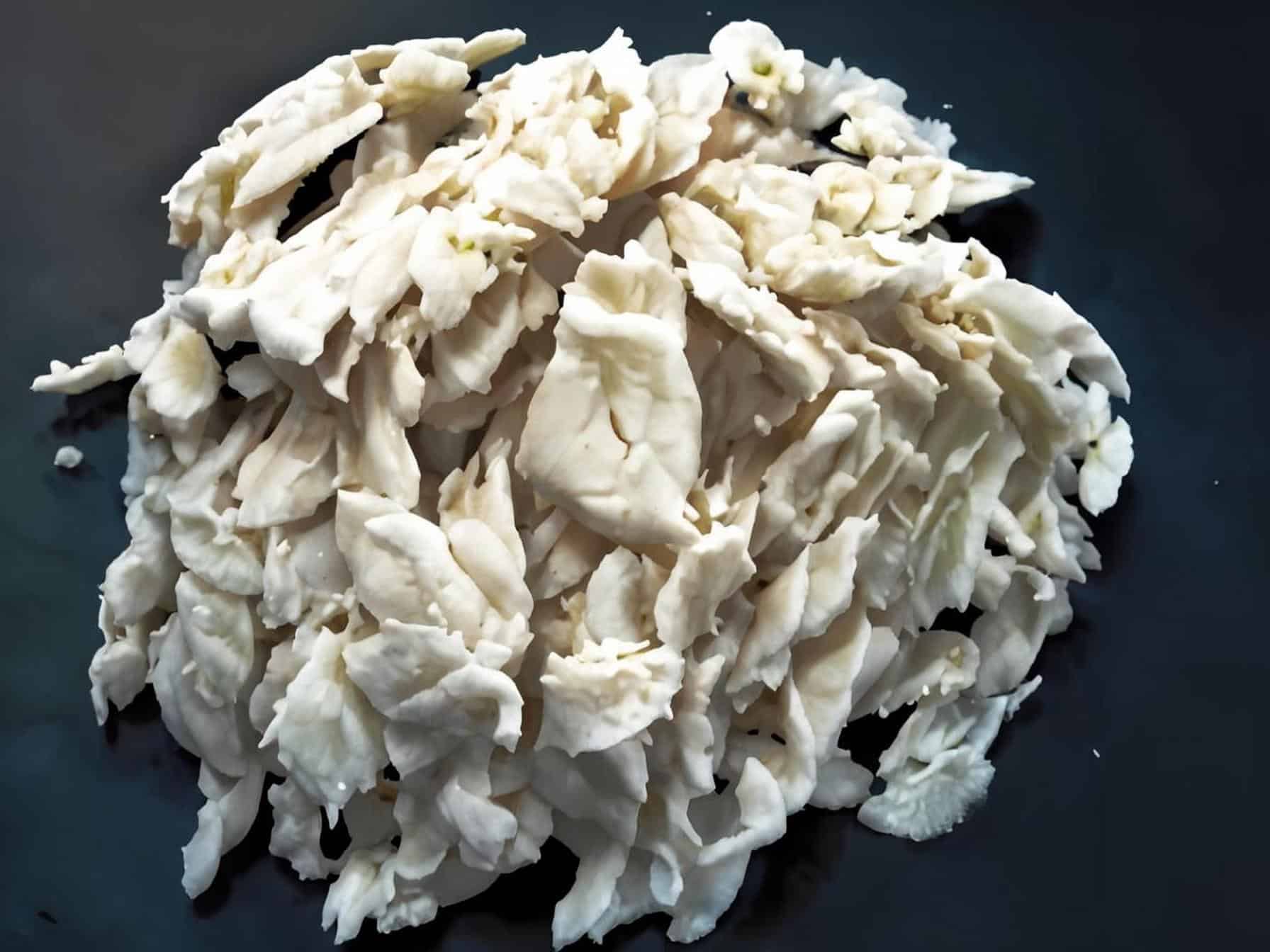The concrete in reinforced concrete will have gaps or pores that allow water and other corrosive media to enter, causing corrosion of the reinforcing steel in the concrete. The volume of iron oxide produced as a result of rusting has to expand dozens of times, leading to cracking of the concrete and spalling of the protective coating. It exposes the reinforcement directly to the atmosphere, water and other corrosive media, accelerating the rate of corrosion and causing early damage to the building before it reaches its designed service life. This phenomenon is more common in coastal areas and chemical enterprises.
Years of research and practice show that: the use of coated reinforcement is the solution to the problem of corrosion of steel or prestressed reinforcement is a proven method, especially the use of epoxy coated reinforcement. Whether from the anti-corrosion performance, economy, construction or from the production of the degree of difficulty, epoxy-coated steel has reached the practical stage. The Ministry of Construction issued JG3042-1997 as early as December 1997, providing a rigorous standard for the use of epoxy-coated reinforcement. The Ministry of Transport organised the preparation of the Technical Specification for Corrosion Prevention of Concrete Structures in Seaport Projects in 1999, and epoxy-coated steel reinforcement was listed as one of the main anti-corrosion measures. After several careful studies by the two ministries, the important role of epoxy-coated reinforcement as an advanced anti-corrosion technology was established.
The use of epoxy coated reinforcement is an important measure to solve the corrosion problem of steel and prestressing reinforcement . The use of steel reinforcement with its own corrosion protection capability at the engineering design stage can change passive maintenance and reconstruction to active prevention, extending the service life of the reinforcement and the building. The cost of epoxy-coated reinforcement is a fraction of the cost of the entire construction of concrete reinforced structures, but has been widely recognised as the most successful and practical method of reinforcement corrosion in the world today. Epoxy coated rebar is a type of rebar that is coated with a protective layer of epoxy resin on the surface of ordinary rebar, usually in the range of 0.18 to 0.30 mm. The use of this type of rebar can effectively prevent corrosion of rebar in harsh environmental conditions, thus greatly improving the durability of the structure. The epoxy resin coating does not react with acids and alkalis and has extremely high adhesion, forming a protective layer on the surface of the rebar that blocks the contact between the rebar and external currents, thus being considered as a chemical ionic corrosion barrier. The epoxy resin coating is known as a strong defender against corrosion of reinforcing steel.
Epoxy coated steel was first used in 1973 and since then a large number of construction projects have used this corrosion resistant material. In particular, buildings built in the 1970s and early 1980s in seaside or severe chemically aggressive environments should have been in a stage of corrosion damage if no corrosion protection measures had been taken. However, field observations have confirmed that the epoxy-coated reinforcement remains intact in the structure, significantly extending the life of the building and thus reducing costs over its lifetime. The excellent corrosion protection combined with the low investment cost has led to the adoption of epoxy coated reinforcement by many building owners. Compared to other corrosion protection methods (or no corrosion protection at all), epoxy-coated reinforcement is less expensive to use and offers the best price/performance ratio.
In the early days the cost of coated reinforcement was 80-120% more than the original steel, but since the 1970’s the cost of coated reinforcement has been greatly reduced. As usage and production increased, the cost to the user was gradually reduced. For most buildings, the total cost increases by only about 1 to 3%, even though all the reinforcement in the elements is coated. The cost of maintenance, rebuilding or reconstruction of buildings is very expensive and directly affects the normal use of the building, resulting in significant losses. These costs and expenses are much higher than the cost of epoxy coated reinforcement. Experts from the China Epoxy Industry Association say that, according to the life cycle cost analysis method, coated reinforcement is effective in extending the durability of buildings, with low investment and significant savings in costly repairs or rebuilding, making it valuable in all environments where erosion is a possibility. Statistics show that the average annual return on investment is 15-20% – a wise investment strategy for owners. In general, the increased upfront investment cost of epoxy-coated reinforcement can be fully recovered by extending the life of the building by only 1 to 2 years. Compared to other corrosion protection methods, epoxy coated reinforcement is the most cost effective material for concrete structures.
In recent years, epoxy coated reinforcement has been increasingly used in Europe, America, Japan and other countries (e.g. in the United States, epoxy coated reinforcement is used in bridges accounting for about 2/3 of the total amount of reinforcement). Countries in the Far East and Middle East such as Hong Kong, Thailand, Singapore, Malaysia, Indonesia, Abu Dhabi, Dubai and Saudi Arabia also require the use of epoxy coated reinforcement in construction projects. There are few reports on the scientific research and engineering applications of epoxy-coated reinforcement in China, and the durability of building structures is receiving more and more attention in China. National leaders and experts in civil engineering have pointed out that future civil engineering buildings must strengthen the durability requirements and new technologies and products should be actively adopted to improve the service life of buildings.
More YQXPOLYMER Epoxy Resins information, please contact us via email: sales@yqxpolymer.com , or voice to us at: +86-28-8411-1861.
Some pictures and texts are reproduced from the Internet, and the copyright belongs to the original author. If there is any infringement, please contact us to delete.

